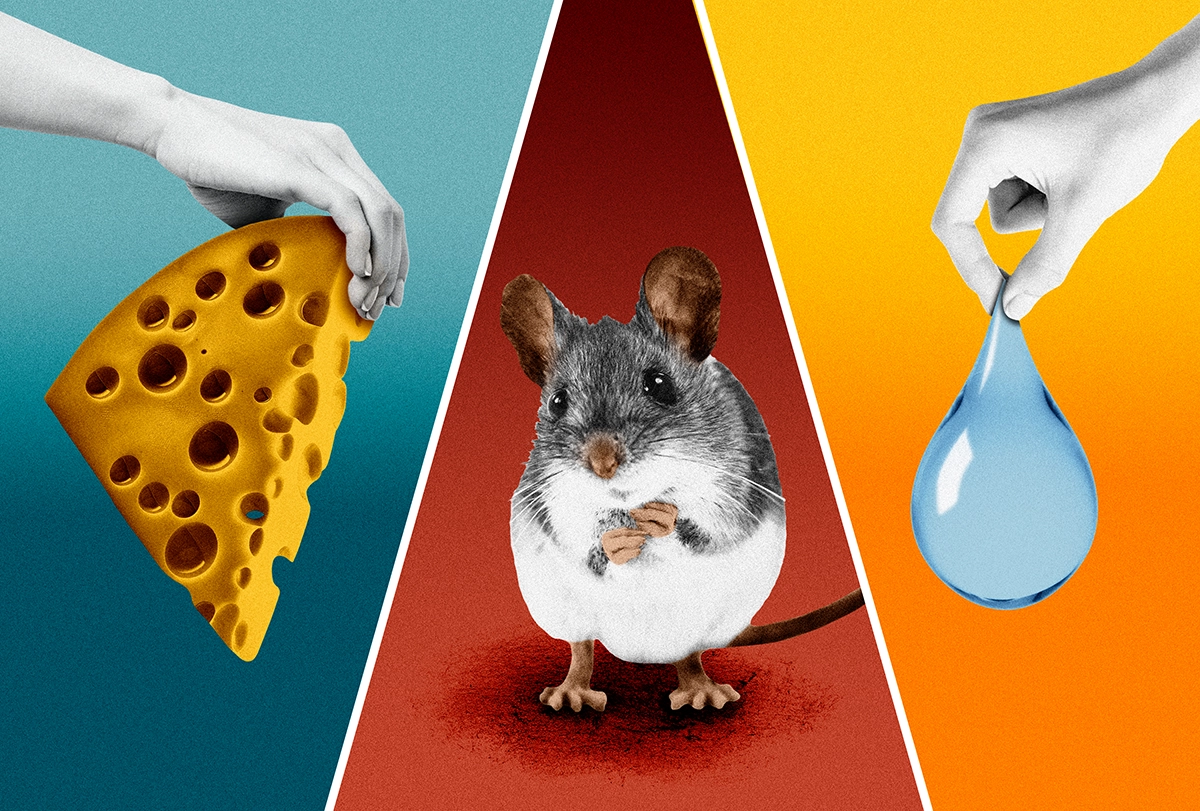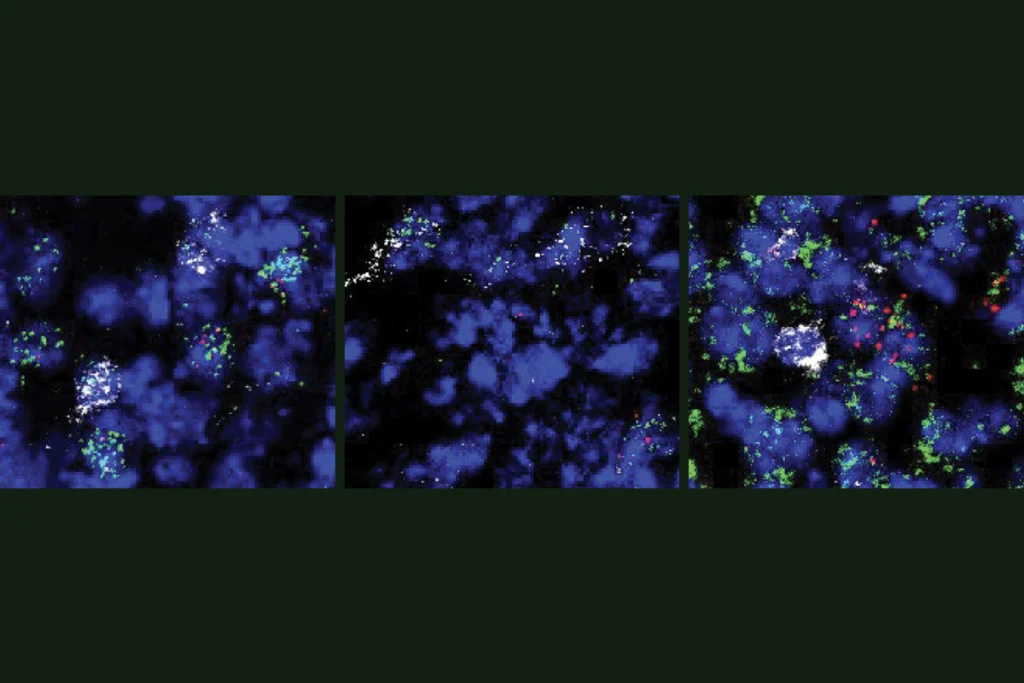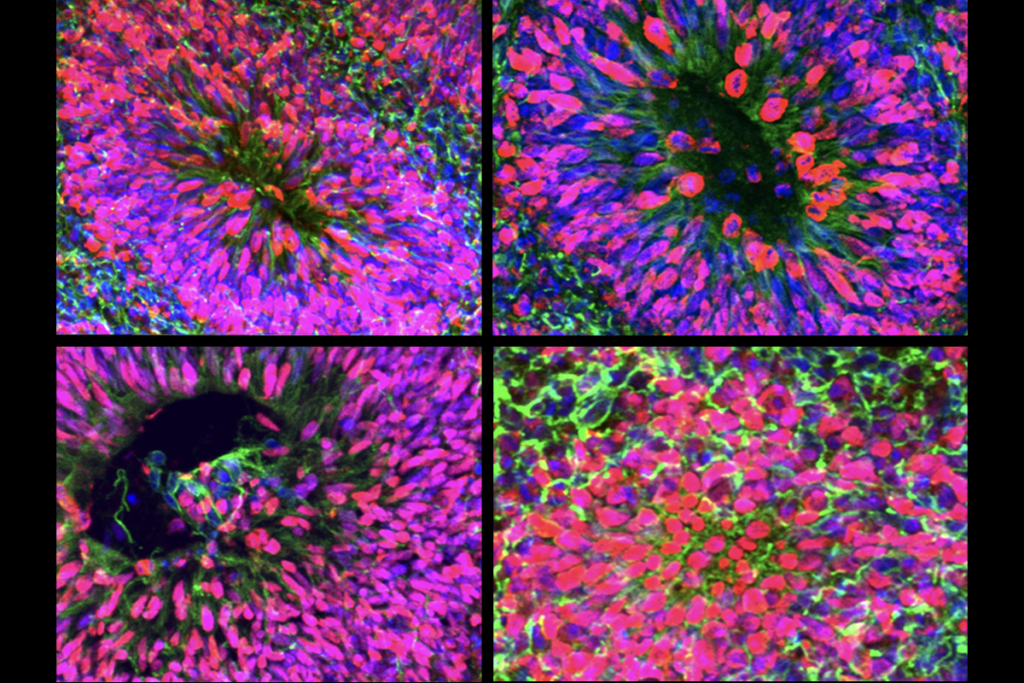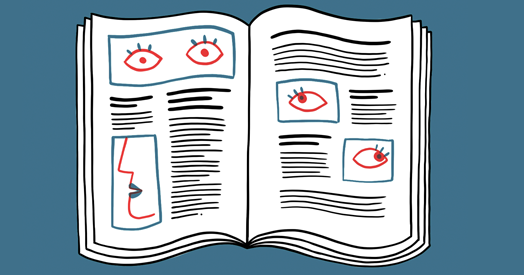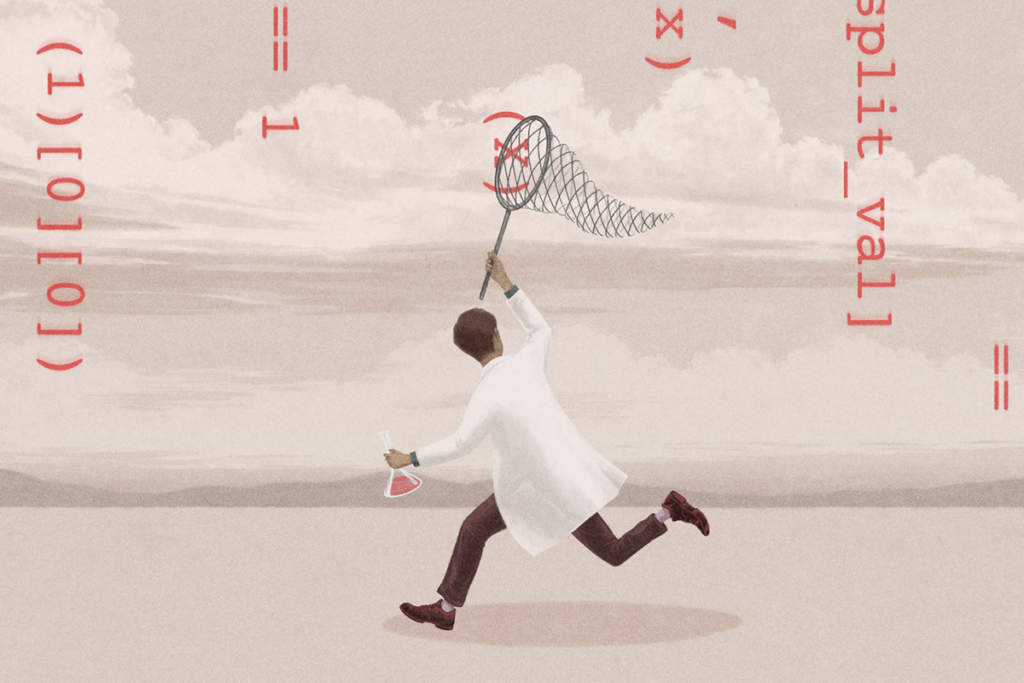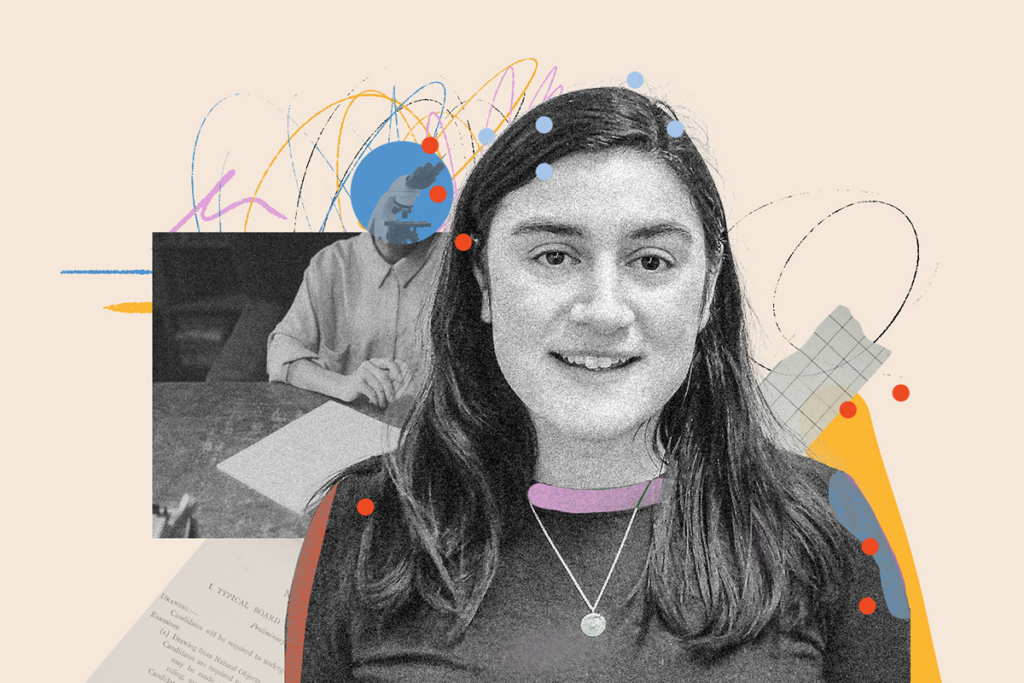As the famed tale “Hansel and Gretel” makes clear, hunger can change behavior. The two lost and starving siblings give in to the temptation of a gingerbread cottage and ignore the danger lurking within—a wicked witch who has created the delicious house as a trap.
Hunger is such a powerful driver that animals often pursue food at the expense of other survival needs, such as avoiding predators or recovering from injury. Hungry vicuñas, for example, will sometimes increase their risk of predation by pumas to get something to eat, behavioral ecologists have shown.
Scientists know many of the key cells and circuits behind these competing drives—such as the hypothalamic “hunger neurons” that regulate food intake. But how the brain juggles the need to eat amidst other urges has remained mysterious, says Henning Fenselau, who leads the Synaptic Transmission in Energy Homeostasis group at the Max Planck Institute for Metabolism Research in Köln, Germany. “This is still a huge question [in neuroscience],” he says.
In recent years, however, new clues about where and how hunger collides with rival motivations have come from technology to manipulate and monitor individual neurons across multiple brain regions at once. Those findings suggest that hunger neuron activity can override some brain signals, such as fear and pain.
Exploring the brain’s ability to handle multiple needs simultaneously may offer insights into decision-making, anxiety and other neuropsychiatric conditions—helping to explain why people sometimes make maladaptive choices, says Nicholas Betley, associate professor of biology at the University of Pennsylvania.
“Neuroscience has been running with the hypothesis that the brain is built to focus attention on the most important task at a given time,” he says. “It’s not that we’re going to necessarily disprove that, but I think the brain is probably capable of doing more than one thing.”
P
art of the challenge in understanding hunger is that it has no single locus in the brain, although cells in the arcuate nucleus play an outsized role in sensing the body’s energy stores and communicating that information to the rest of the brain. These hunger neurons, which express agouti-related peptide (AgRP), typically show low activity when an animal is sated but spring into action during periods of food deprivation or prolonged physical activity.Even in fed mice, though, activating these neurons drives food intake, according to a 2016 study, and sometimes supersedes social needs, fear and thirst. But not always. Mice that are both hungry and thirsty alternate between choosing food or drink, a study published in November 2023 shows. This switching back and forth ensures that over time, the mice meet both needs and aren’t trapped in indecision, says lead investigator Liqun Luo, professor of biology at Stanford University.
The animal’s selections were not unpredictable, however: Neuronal activity patterns throughout the brain predicted a mouse’s choice—before it was even presented with options. This suggests that choices may depend on the brain’s state before decision-making begins, says Ethan Richman, a graduate student in Luo’s lab.
To explain their findings, Richman and his colleagues turned to mathematical modeling. Their model—in which the mouse’s brain activity fluctuates randomly, helping it transition between hunger and thirst—accurately predicted aspects of mouse behavior. It also indicated that the brain is often “trapped” by different needs, switching from one to another as a result of random bursts of neuronal activity.
“Even though we use thirst and hunger to probe how brain states influence behavior,” Luo says, “we think that this kind of conceptual framework can be applied to other brain states.”
This kind of predictive modeling approach is “the dream,” Betley says. “What are the things that are going to put you into a negative state, and how would one be able to get out of that?” But Luo’s model doesn’t account for other factors that could influence decision making around hunger, such as immediate threats or pain, he adds.
Acute pain, for example, but not chronic pain, can suppress appetite and hunger neuron activity in mice, Betley and his team showed in 2018. On the other hand, hunger can override chronic but not acute pain, the work also showed: Hungry mice spent less time than controls did licking an inflamed paw injected with a chemical, and this response was linked to increased activity among AgRP-expressing hunger neurons. But going without food did not change the animals’ reaction to short-lived pain caused by heat or pressure.
“If an animal has an injury that takes months to heal, it can’t just stay in its nest—it must get out. There’s a filtering process that happens here,” Betley says.
The prevailing theory is that filtering out certain brain signals serves to prioritize other needs, he adds, but this filtering may not be beneficial, for example, when a predator is nearby. “We’re trying to figure out in the lab how that balance is mediated, and how the neural networks encode either the filtering or the weighing of the decision.”
Activating a group of about 300 hunger neurons that project into the parabrachial nucleus, a brain region that processes sensory information related to pain, could almost completely stop chronic pain, the researchers found.
By contrast, hunger signals don’t seem to directly suppress fear, Betley’s team also found, even though hunger neurons communicate with brain areas that process fear, such as the amygdala. “We’re not finding a discrete location where hunger and fear collide,” he says. “That doesn’t mean it doesn’t exist, but the fact that we haven’t found it yet suggests that maybe we’re not looking at the simplest filter here.”
T
here may be a critical threshold at which hunger overtakes fear, according to unpublished results Betley presented in June at the FENS Forum in Vienna. In that work, a mouse exposed to a predator’s scent prioritized seeking food only when the team artificially activated a significant number of its hunger neurons—although the exact number varied between animals.“When you activate [hunger] neurons to their maximum threshold, the animals do some pretty amazing things—they will overcome a lot of fear,” Betley says. For example, mice will approach a rat predator to get food, a study published last year showed.
Betley’s work may help advance our understanding of how the brain manages competition between different drives, Fenselau says.
Fenselau and his team added to this emerging picture in June, showing that activated AgRP neurons simultaneously strengthen hunger signals and weaken anxiety signals in the bed nucleus of the stria terminalis—a brain structure that integrates various inputs to regulate emotional responses. This adaptation may make it possible for mice to prioritize hunger over fear, even in risky situations.
The results also indicate that AgRP neurons produce a neurotransmitter called neuropeptide Y that modulates synaptic transmission in a targeted way: “When an animal is very hungry, the input from AgRP neurons becomes strengthened, whereas the signaling from the anxiety inputs from the central amygdala becomes much more weakened,” Fenselau says.
The mechanisms by which neuropeptide Y functions and travels between synapses remain unknown, he adds. “We are still at the beginning of [understanding] how complex the brain is, and how this neuropeptide works.”
For his part, Betley now plans to look at calcium dynamics in the entire cortex of awake mice to investigate how the region processes hunger and fear signals to make decisions such as eating or fleeing. By comparing brain activity when animals are sated versus hungry and exposed to various stimuli—as well as recording the animals’ facial expressions and stress hormones—he says he hopes to further decode how hunger and fear affect decision-making.
Betley says he suspects that an animal’s hunger circuits do not filter out an acute threat. But in the presence of a latent threat—for example, the residual scent of a predator—hunger may prevail over fear. Because an individual animal’s life history influences drives such as hunger and thirst, the brain’s ability to filter a latent threat is likely adaptive, particularly as the animal’s state changes, he says.
“Your life history may predict a resting brain state that’s different from mine,” he says. “It’s important for [neuroscientists] to consider the fact that none of these things happen in isolation.”
With additional reporting by Angie Voyles Askham.
